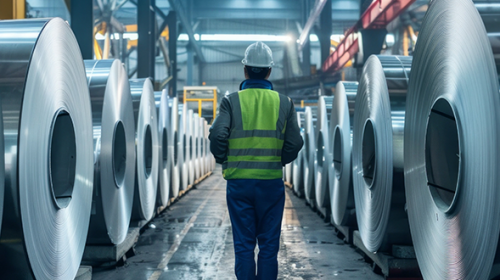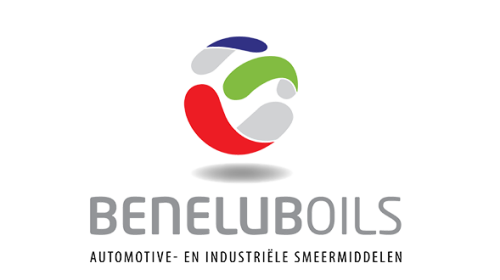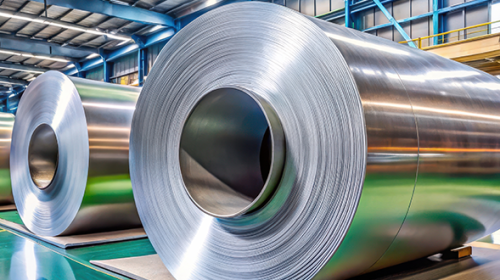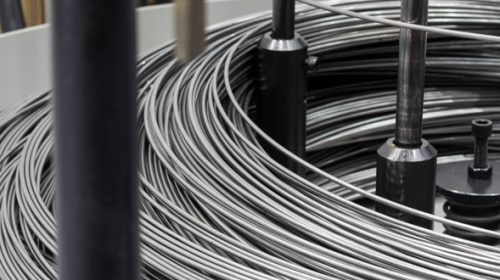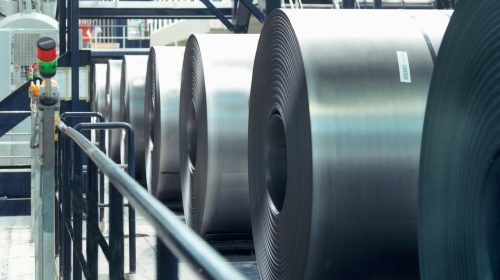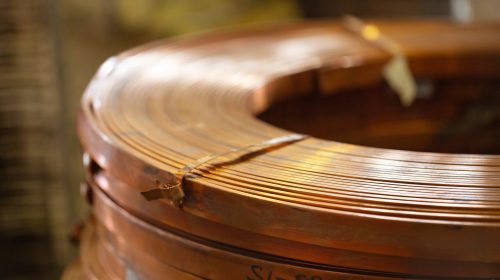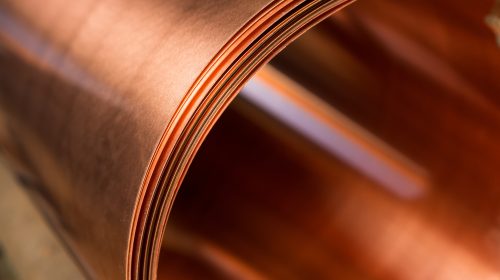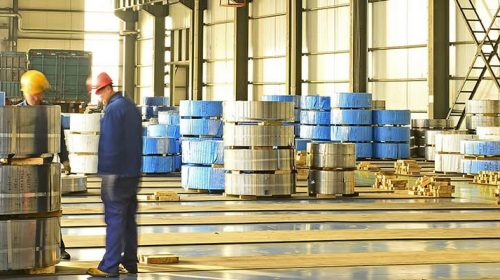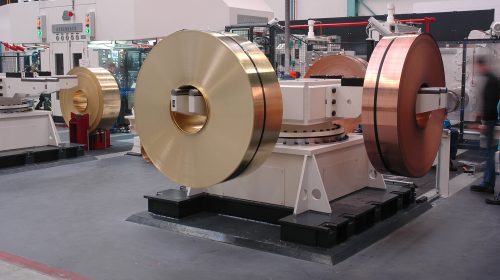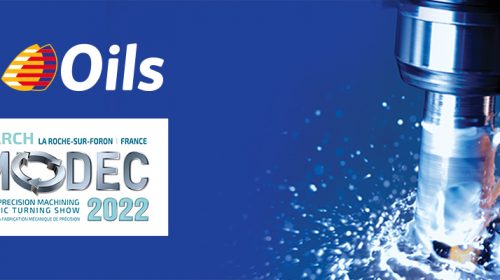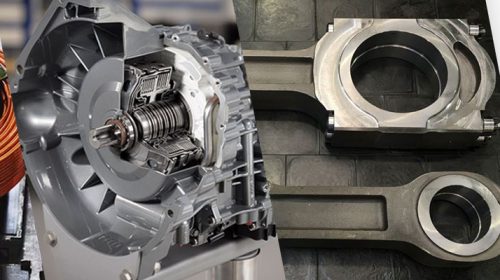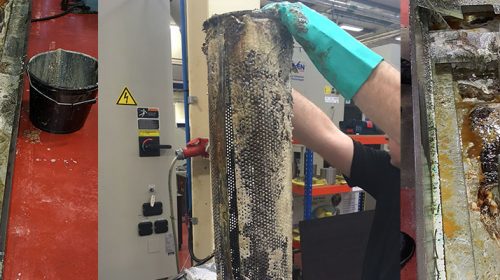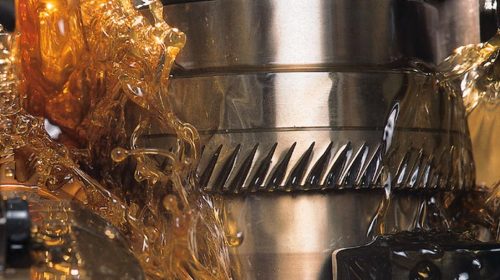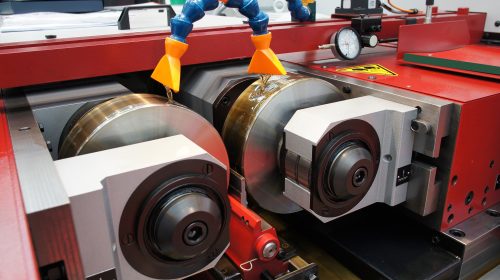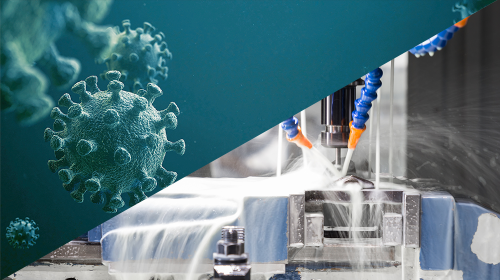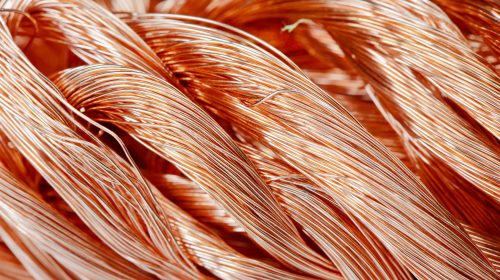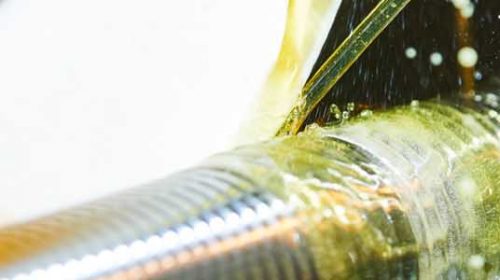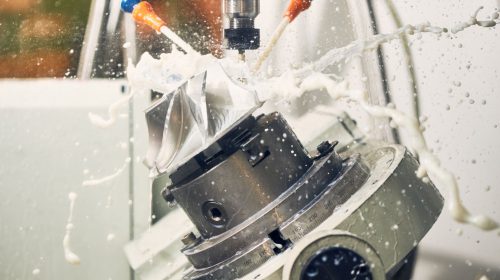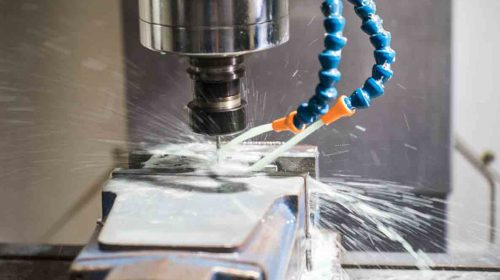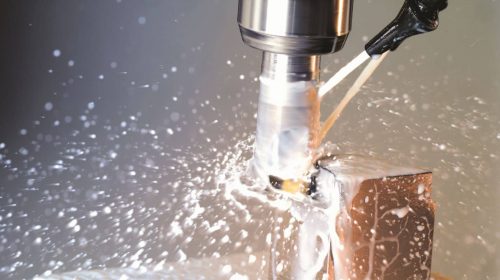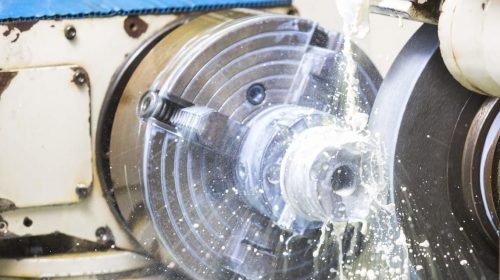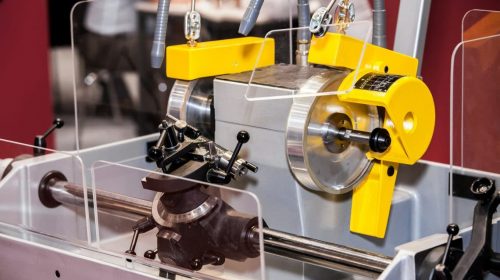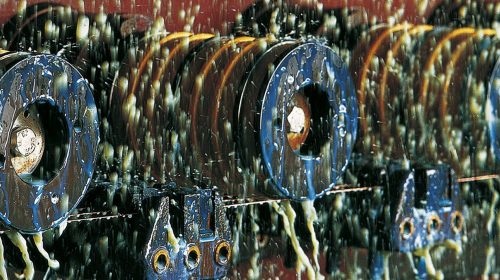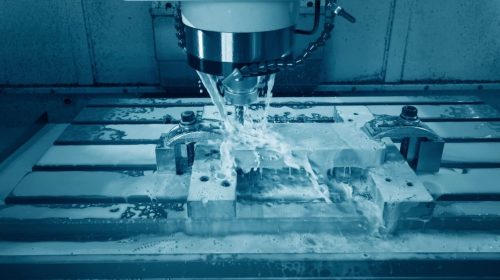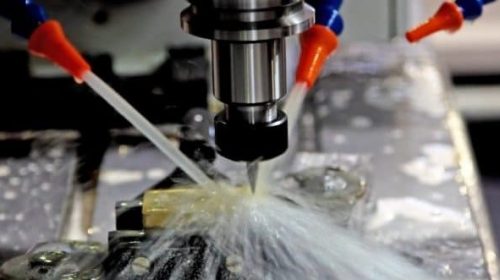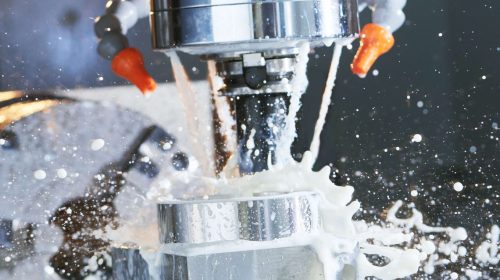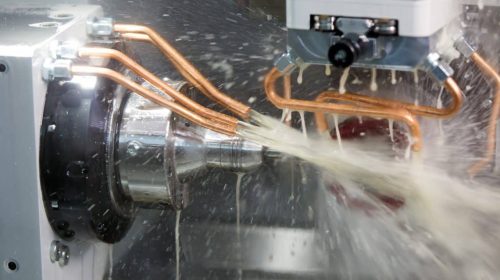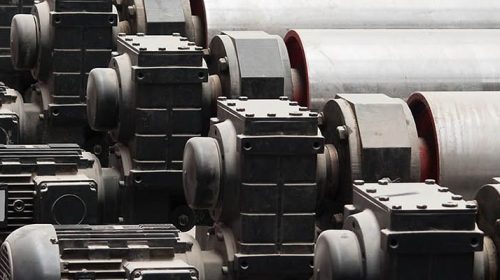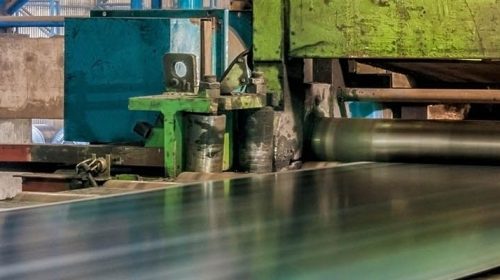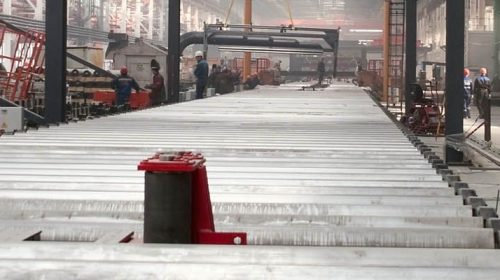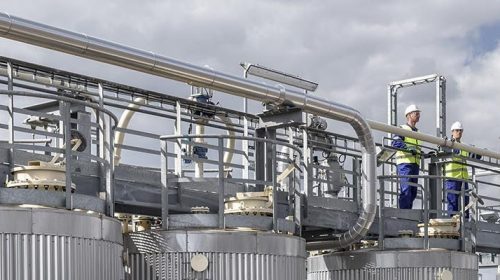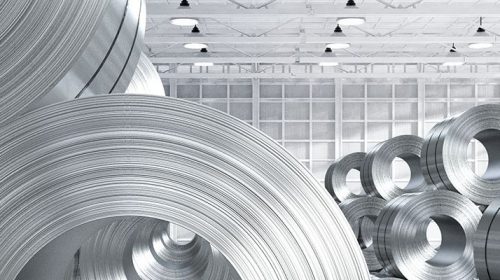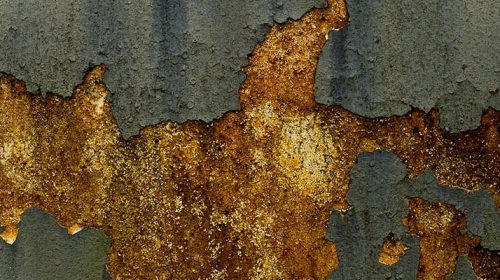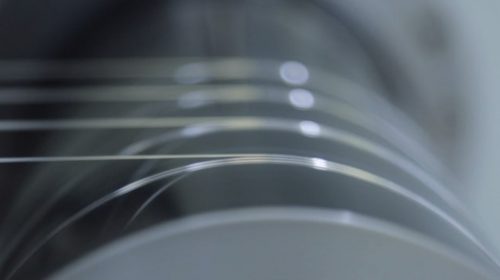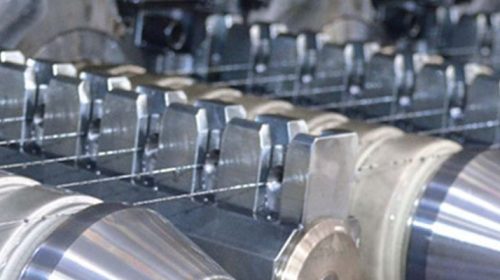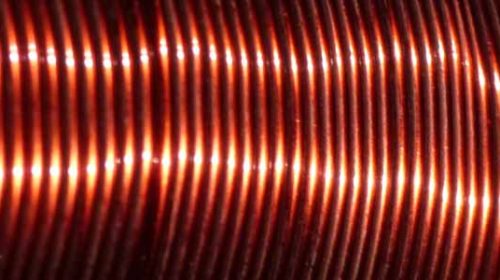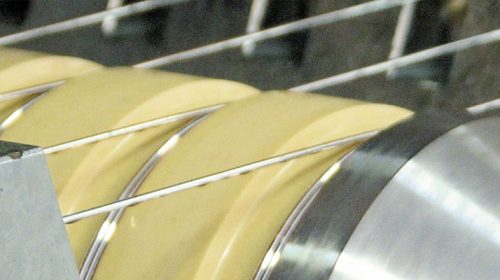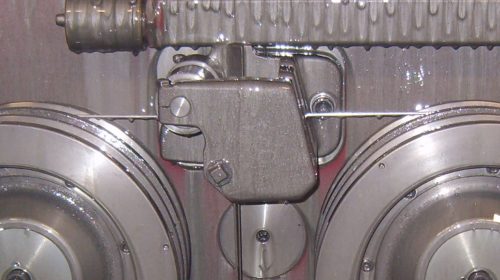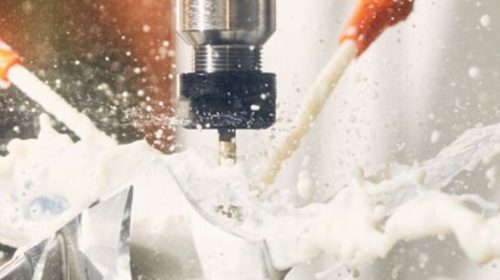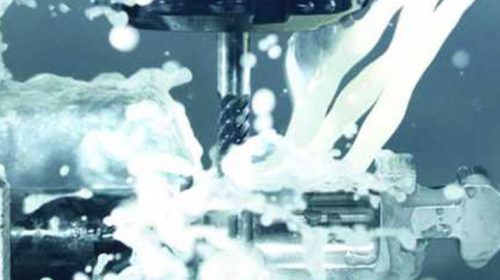A quick history
For over 7,000 years we have formed metals into useful shapes, such as tools, coins and jewellery. Forging was one of the first metalworking operations and was an important part of social evolution. After we understood how to melt metals and form these into useful tools like knives, we could more easily hunt and prepare food.
Today it is difficult to understand how we deformed metals without using a lubricant. The first lubricants for forming applications were animal fats. After the invention of soaps, it became common practice to use these in forming applications. Stampers quickly learned that using a lubricant resulted in less tool wear and made the deformation easier.
The number and different types of forming applications are so broad that the range of metalforming lubricants is also enormous. It was not so long ago that we used a mix of oil and sawdust to form parts for rifles. Wire drawing and metal rolling date back many years when animal oils and beeswax were used as lubrication. Q8Oils is part of this long history with the Germ-Allcard wire drawing products. Germ Lubricants Ltd. published in 1920 “The Theory and Practice of Lubrication”.
Purpose of metalworking fluids
The objective of a lubricant in a metalforming application is to provide the required separation between metal and tool. The drawing of metals with good ductility and geometry can be carried out without using a lubricant. However, applying a forming lubricant can increase productivity and quality. Viscosity is an important and determining factor in application and performance. The selection of performance additives is based on specific applications and metals.
Benefits of metalworking fluids
Forms a protective film
The primary function of a metalforming lubricant is to separate the tool and part, preventing metal-to-metal contact. The fluid must form a film, physical or chemical, to prevent contact between the tool and metal. This film protects the tooling, which is important as the cost of the tooling is generally significant. A good metalforming lubricant can improve tool life and can cover its cost by extending the tool life.
Controls corrosion
In metal removal operations, the metalworking fluids are expected to control corrosion for some hours to days. Manufacturers can degrease or clean the pieces before the next step in the manufacturing process. In some metalforming operations it is anticipated that the fluids will control corrosion for longer periods, for example where the forming fluid has a dual purpose – forming and anti-corrosion. Formed parts are stored and the metalforming lubricant has to control corrosion for this period. Besides preventing corrosion of the parts, the metalforming fluid must also protect the punch, slides, guides and sometimes the machine from corrosion or damage from wear particles.
Health, Safety and Environment
Performance in the forming application is an important factor in selecting a metalforming fluid, but operator acceptance is also very significant. Easy mixing and application, viscosity, odour, flash points, mist forming and many more operator health and experience factors will define the choice of metalforming lubricant.
Decreases friction
Another important function of the metalforming lubricant is to reduce friction at the tooling and metal contact area. Lower friction results in:
- decreased consumption of energy to form the parts
- lower drag on the metal, which results in a more uniform flow of the metal through the forming die
- less wear, which reduces the volume of particles in the punch area and most likely results in less deposit of metal particles on the punch
Increases cleanliness
What does cleanliness of a metalforming lubricant mean?
- the lubricant must be easily removed from the formed part
- prevention of the build-up of particles on the punch, which is one of the properties of a metalforming fluid
- compatibility with cleaners and degreasers
- clean working environment
Provides cooling properties
This property is, most of the time less important in metal forming operations. In many metalforming operations, heat is necessary to support the forming and/or activate the proper working of additives but, when required, metalforming fluids can also provide cooling properties.



